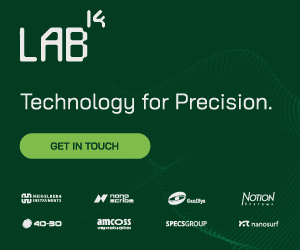In the AMD-NVIDIA battle, System Plus Consulting’s experts continue to pursue innovation and monitor progress. At the beginning of the year, AMD was pleased to announce its forthcoming graphics processor unit (GPU) architecture, Vega. Presented at CES 2017 and commercially available mid-2017, AMD’s GPU has been meticulously analyzed by System Plus Consulting’s lab.
And the answers are very interesting.
Today, System Plus Consulting’s experts offer you a snapshot of the story, a few weeks before the release of its fully dedicated reverse engineering & costing analysis.
AMD Vega, 2017 edition: what’s new?
The first surprise is at the supply chain level. According to System Plus Consulting, GlobalFoundries is developing the GPU die as well as probably the interposer. In parallel, ASE is in charge of the assembly of the device, with Amkor Technology as a second source.
Regarding the memory, named High Bandwidth Memory-2 (HBM2), System Plus Consulting clearly identified Samsung as the key supplier of the AMD GPU, 2017 edition. HBM2 is a stack of 8GB based on 8-DRAM dies. This is the main difference from the AMD GPU released in 2015.
Today, the Samsung 8GB HBM2 is the only solution commercially available.
“This result is a real surprise,” says Romain Fraux, System Plus Consulting’s CTO. “AMD’s HBM was initially developed by SK Hynix. Today, both GPU’s leaders AMD and NVidia collaborate with Samsung. Does this mean that SK Hynix’s technology was not ready? From the Samsung side, its announcement in July confirmed our results.”
Indeed the Korean leader Samsung Electronics announced its strategy to increase its 8GB HBM2 production volume on July 18:-
“The 8GB HBM2 consists of eight 8-gigabit (Gb) HBM2 dies and a buffer die at the bottom of the stack, which is all vertically interconnected by through silicon vias (TSVs) and micro-bumps. With each die containing over 5,000 TSVs, a single Samsung 8Gb HBM2 package has over 40,000 TSVs,” according to Samsung Electronics’ press release.
HMB2 is now the standard for advanced GPU graphic cards.
These results were detailed last week during the 3D & 2.5D TSV Integration live webcast powered by the Yole Group of Companies, including System Plus Consulting and Yole Développement. To view the recorded version, click 3D & 2.5D TSV Integration.
The Yole Group of companies will attend the International Wafer-Level Packaging Conference (IWLPC). Please don’t hesitate to ask for a meeting with our experts [Booth # 49].
Source: http://www.systemplus.fr






















